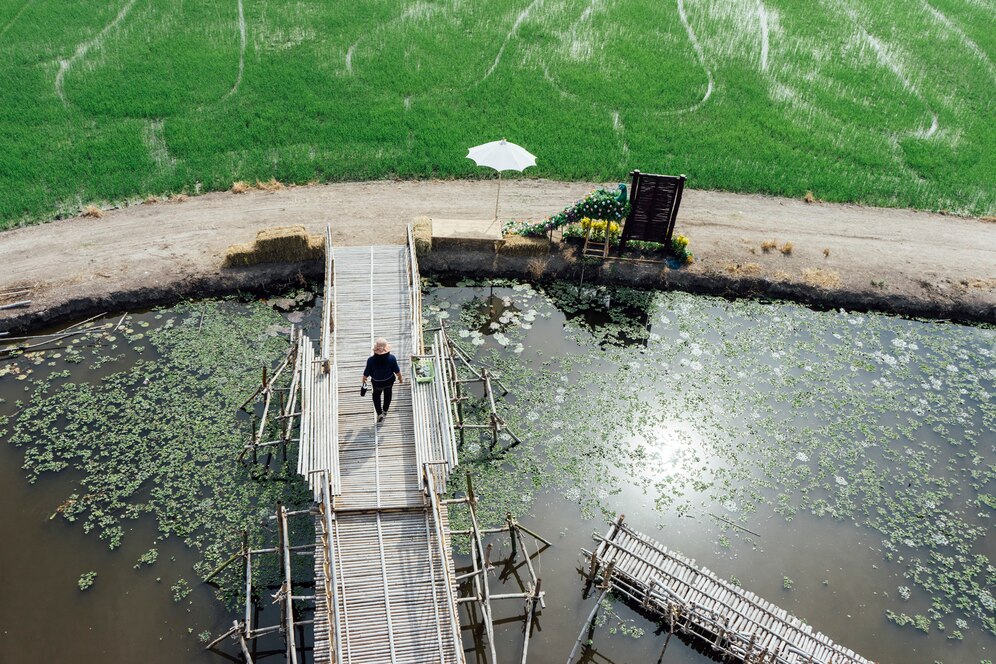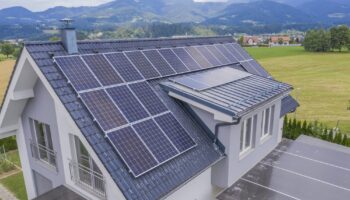Erosion poses a significant threat to landscapes, often leading to soil degradation and environmental damage. As communities, HOA board members, and golf course superintendents seek effective erosion control solutions, it’s crucial to understand the options available. From natural techniques to innovative engineering, various strategies can mitigate erosion and preserve landscapes. In this guide, we delve into five proven erosion control solutions, exploring their benefits, applications, and environmental considerations.
Understanding Erosion and Its Impact
Erosion is a natural process, but human activities can accelerate it, leading to detrimental effects on soil fertility, water quality, and ecosystem health. Understanding the causes and consequences of erosion is crucial for implementing effective solutions.
Causes of Erosion
Erosion can result from factors such as rainfall, wind, slope steepness, land use practices, and vegetation cover. Construction activities, deforestation, and improper land management exacerbate erosion rates, leading to soil loss and sedimentation in water bodies.
Vegetative Solutions for Erosion Control
Vegetative solutions utilize plants and vegetation to stabilize soil and prevent erosion. Techniques such as planting native grasses, shrubs, and trees help create root systems that bind soil particles together, reducing erosion rates and enhancing landscape resilience.
Benefits of Vegetative Solutions
Vegetative erosion control offers numerous benefits, including improved soil structure, enhanced biodiversity, and aesthetic enhancements. Additionally, these solutions are cost-effective, sustainable, and environmentally friendly, making them ideal for various applications.
Structural Erosion Control Measures
Structural erosion control measures involve the construction of physical barriers or installations to mitigate erosion. These solutions range from traditional methods like retaining walls and gabion baskets to innovative techniques such as geotextiles and erosion control blankets.
Implementing Structural Solutions
Structural erosion control measures require careful planning, design, and installation to ensure effectiveness and longevity. Factors such as site conditions, soil type, and hydraulic forces must be considered to select the appropriate solution for each location.
Bioengineering Approaches to Erosion Control
Bioengineering integrates natural materials and ecological principles to create erosion control solutions that mimic natural processes. Techniques like stabilization, bioengineering mats, and living shorelines harness the power of vegetation and natural materials to stabilize slopes and shorelines.
Environmental Benefits of Bioengineering
Bioengineering solutions offer significant environmental benefits, including habitat creation, carbon sequestration, and improved water quality. By restoring natural ecosystems and enhancing biodiversity, these approaches contribute to long-term ecosystem health and resilience.
Conclusion
Erosion control solutions challenge that requires holistic solutions to mitigate its adverse effects effectively. By combining vegetative, structural, and bioengineering approaches, communities, HOA board members, and golf course superintendents can implement comprehensive erosion control strategies that preserve landscapes and protect the environment for future generations.




